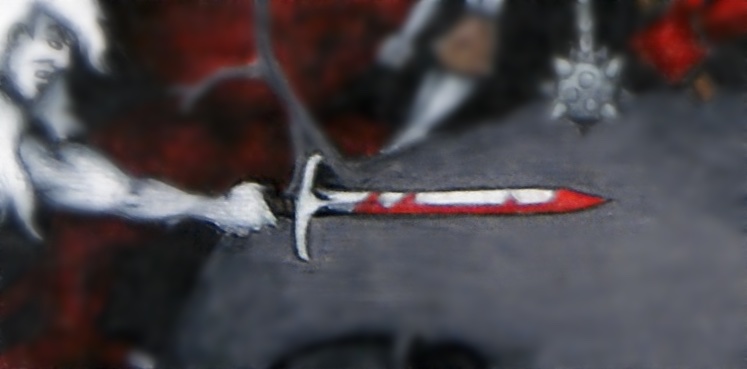
I give and watch presentations on occasion, for my Mathy day job (I was at an industry conference as I wrote this, one I helped organize, in my hotel room late at night, trying to edit a recent manuscript). And it occurred to me that one of the most common problems in conferences or speaking events is that an audience member intrudes themselves on the conversation, unwanted. Usually this type of person likes to hear themselves talk, desperately wants to be the speaker, but wasn’t invited (I’ll leave aside the question of qualified). This type of person thrusts themselves into the lecture anyway, by asking a ten minute question (usually more of a statement of opinion than a question, actually) of a presenter that only has a 60 minute time slot. And that everybody paid to see. Grrr.
So, PLEASE, don’t interrupt unless you have a reason. Don’t speak up unless there’s something that would benefit the audience to clarify, or understand. And even then, do it in as few words as humanly possible. Otherwise, the people around you will get annoyed. Trust me!
And so it is in writing. Specifically, dialogue.
The most effective dialogue are conversational quotes without any attribution or action tags at all. Fast-paced, back and forth, thrust and counter thrust (conversationally). When it works, it’s great. Fast, powerful. Flies off the page.
But, unfortunately, it also often leaves you in white space (see ‘painting the set’).
So, okay. Failing that, you should only ever use ‘he said’ and ‘she said’.
But wait—now you’ve lost the tone of the conversation. Robots talking to each other aren’t so great either. What are the characters thinking, how are they taking these brutal stabs and ripostes (conversationally, again, despite my featured image).
Okay, so failing that, you should only use bare actions and adverbs that ground the characters, and sustain the mood and tone of the conversation (‘painting the set’, once again). Additions which improve the stakes and tension of the scene.
Okay, I think we’re good. So let’s stop there.
But have you noticed the trend of my comments?
The repeated word, you’ll notice, is necessary. Only include something in dialogue attribution when you cause harm by its absence. You don’t want anything that is unnecessary. It slows things down, takes away from the pacing and tension of your story. It annoys the audience.
So as a general rule, if it isn’t doesn’t cause more harm by its absence, than harm from its inclusion, remove it. Consistently.
In other words, when someone’s talking, only interrupt them if you have a damn good reason.
Unless, of course, I’m in the middle of a blog post. Then: SHHH!
🙂
______________________________
My household has been a bunch of sickies the last couple of weeks. And back and forth to the doctors for the kids on things that I’m hoping are only minorly serious, but still need to explore. So a cut out of an existing image will make do for the featured image (from the Angel and Devil War, which is great for zoom-ins as it is a pretty big original piece). And there’s lots going on at my day job as well, so I’m plodding along with my editing efforts, but at a slower pace than usual, sadly…